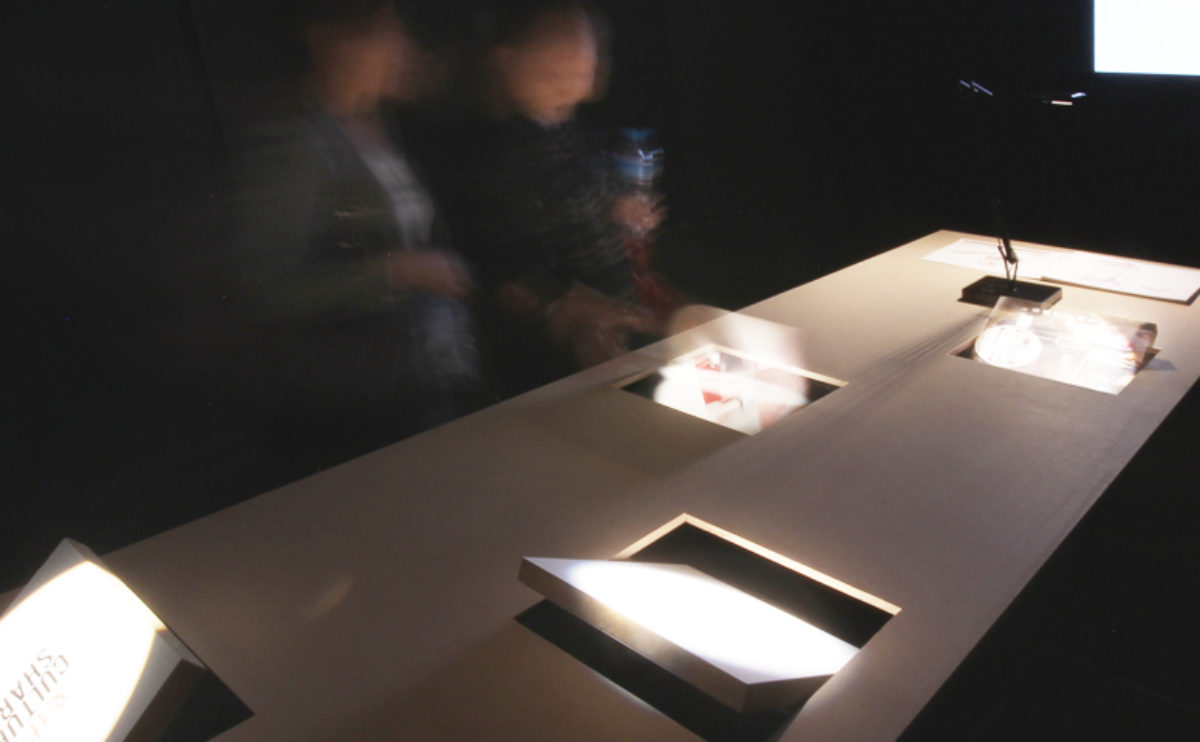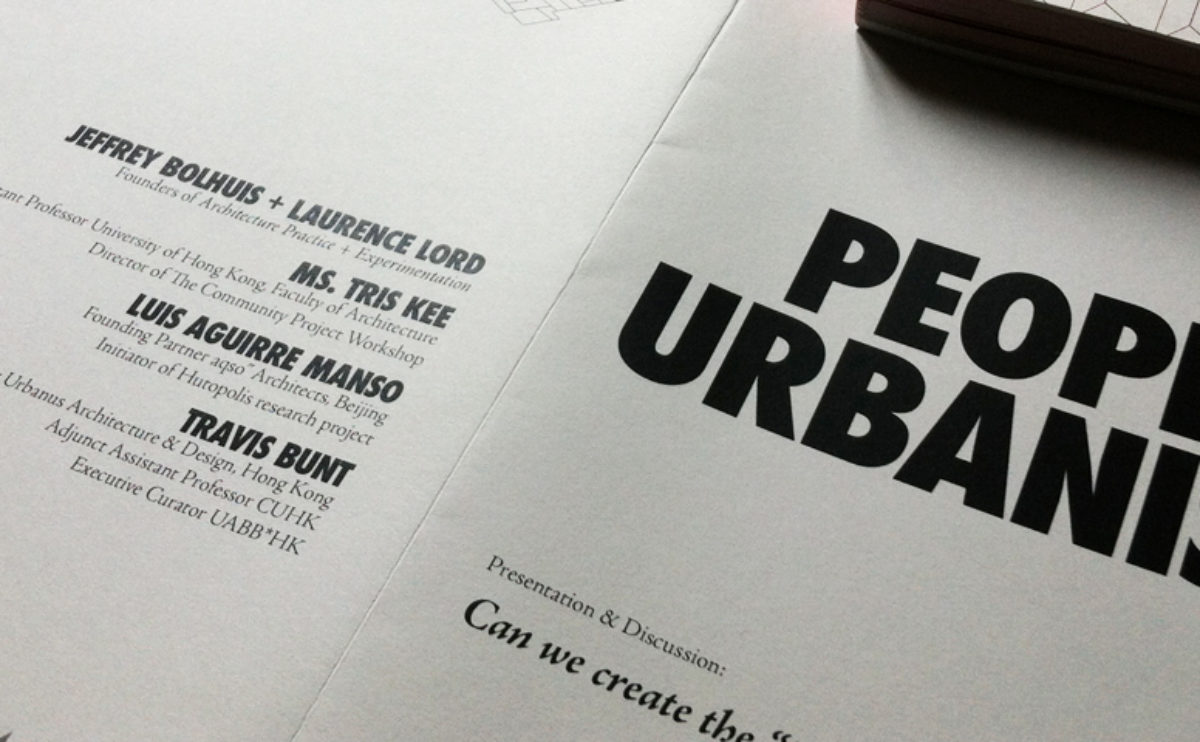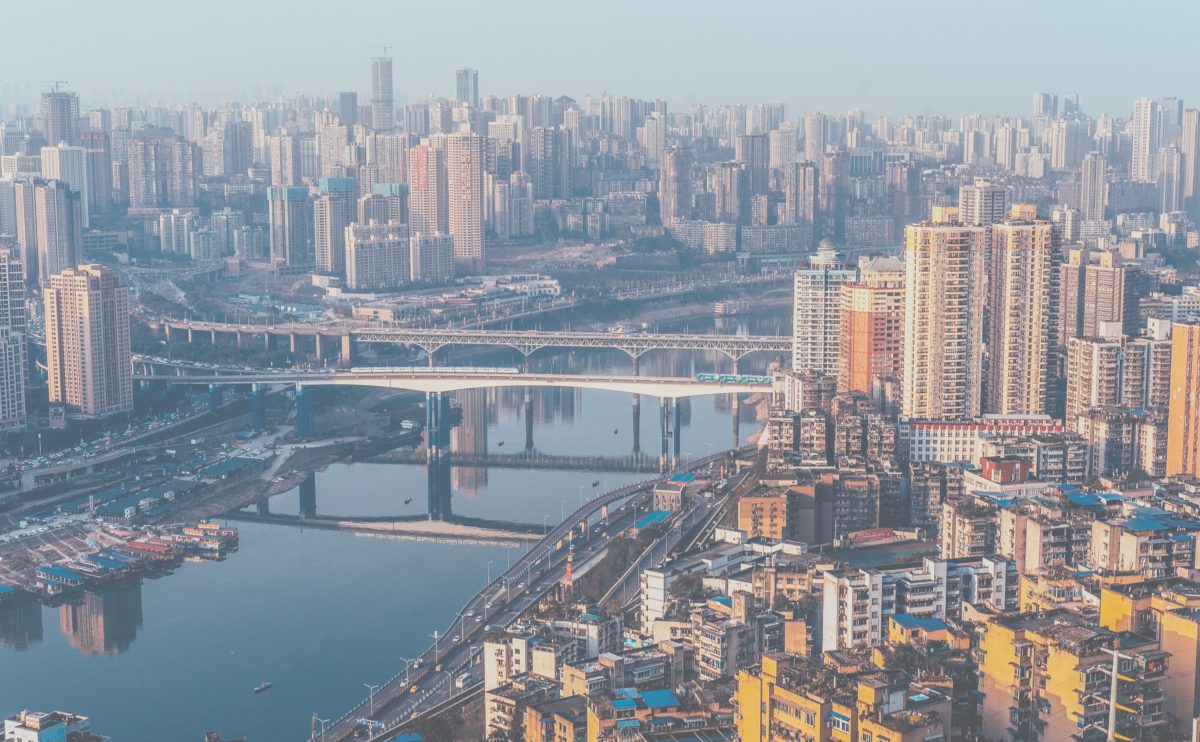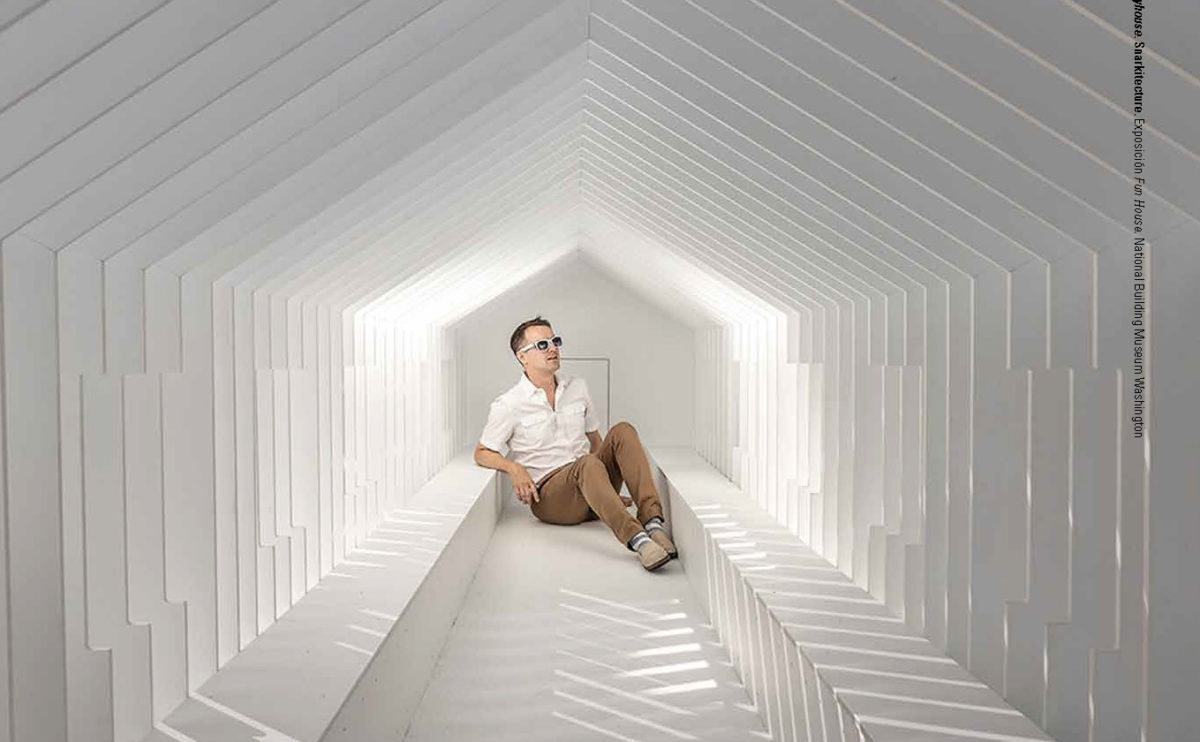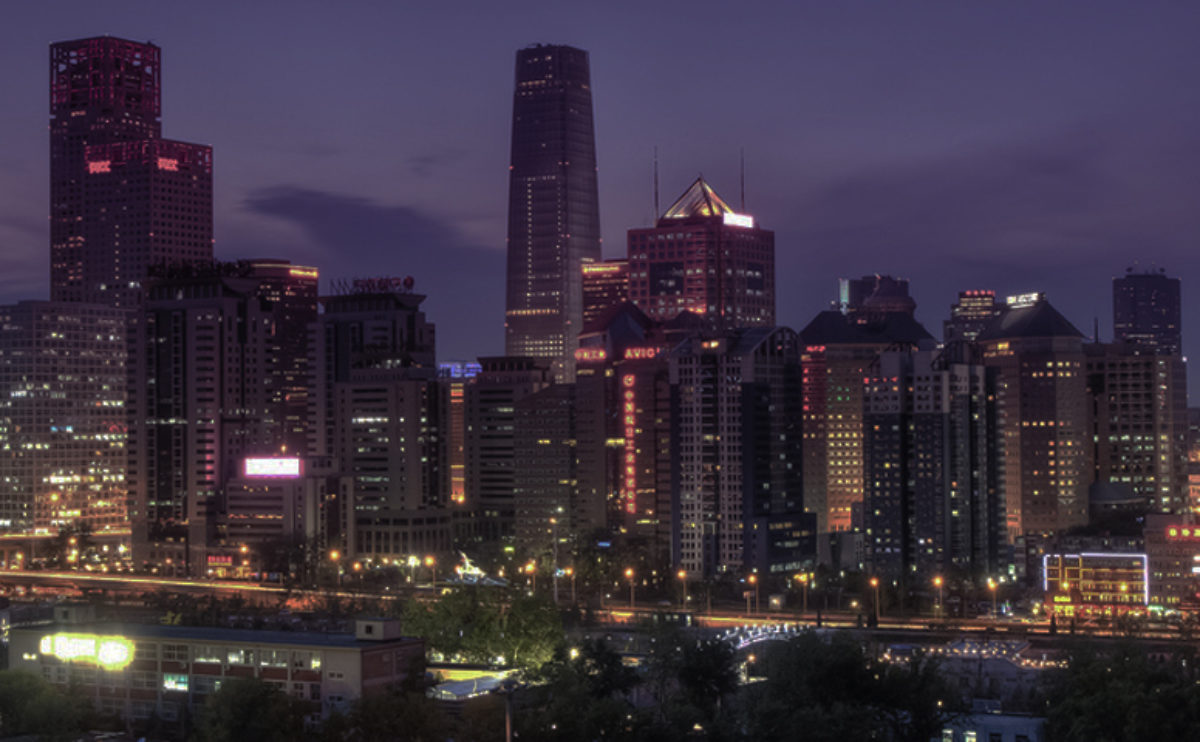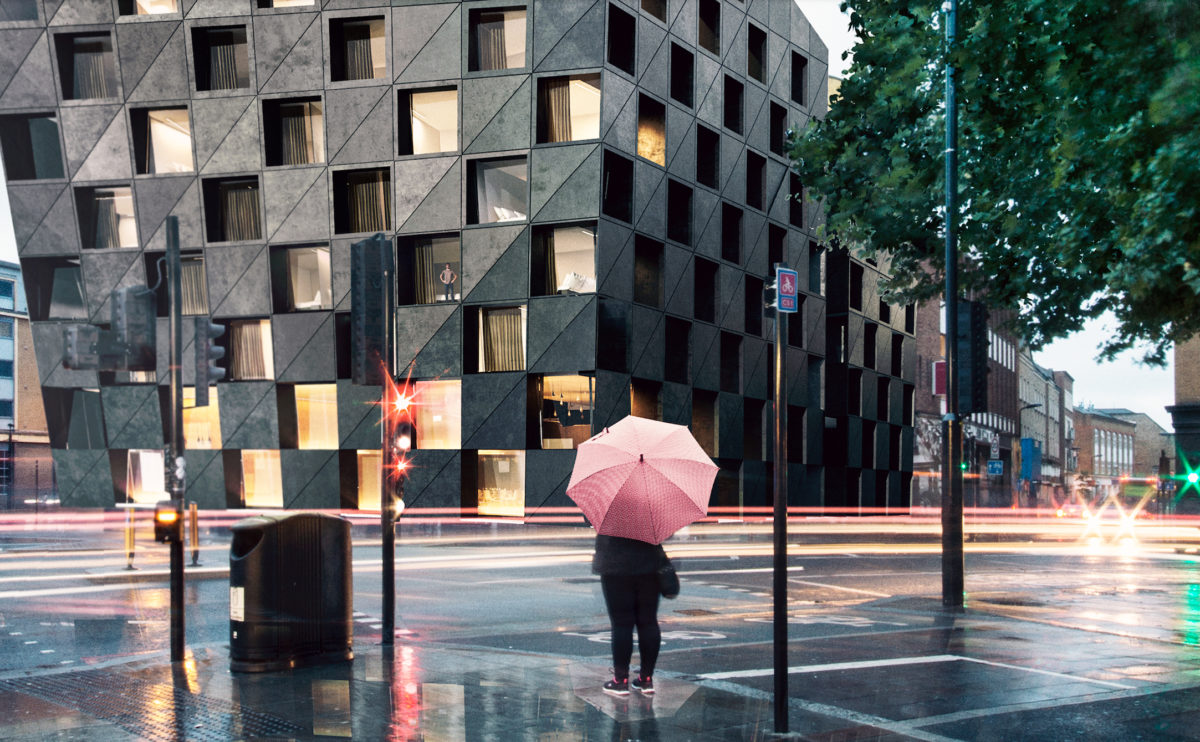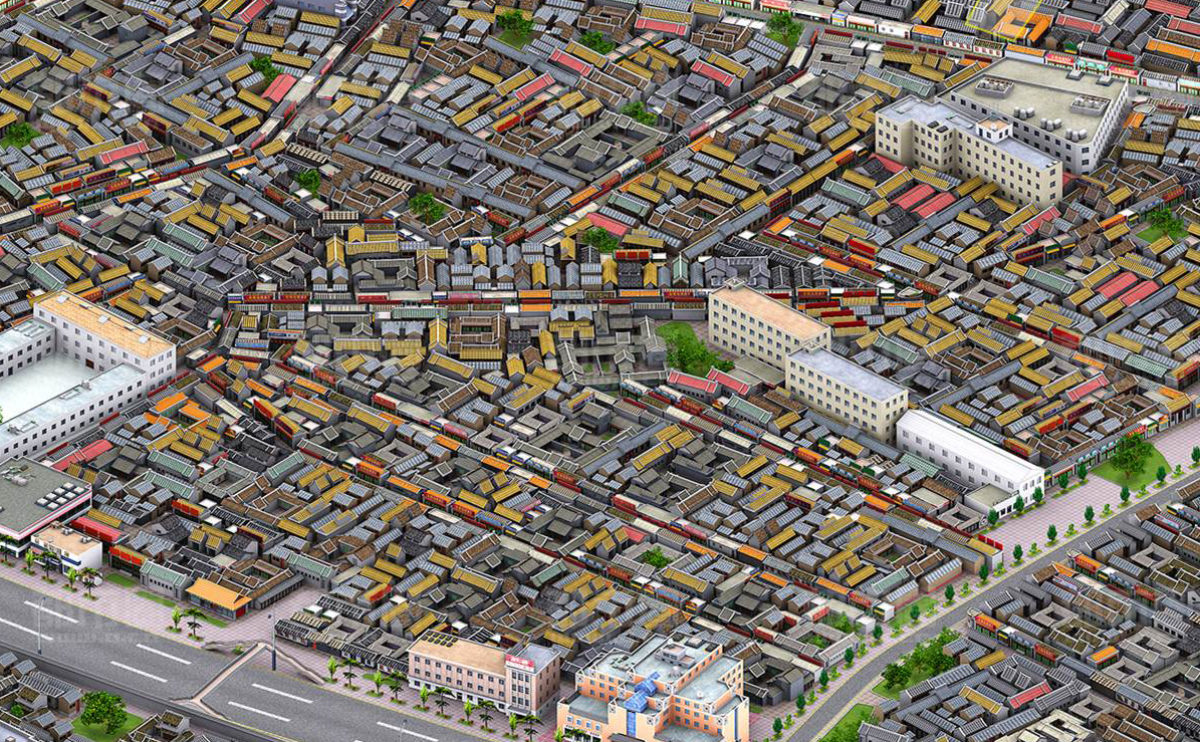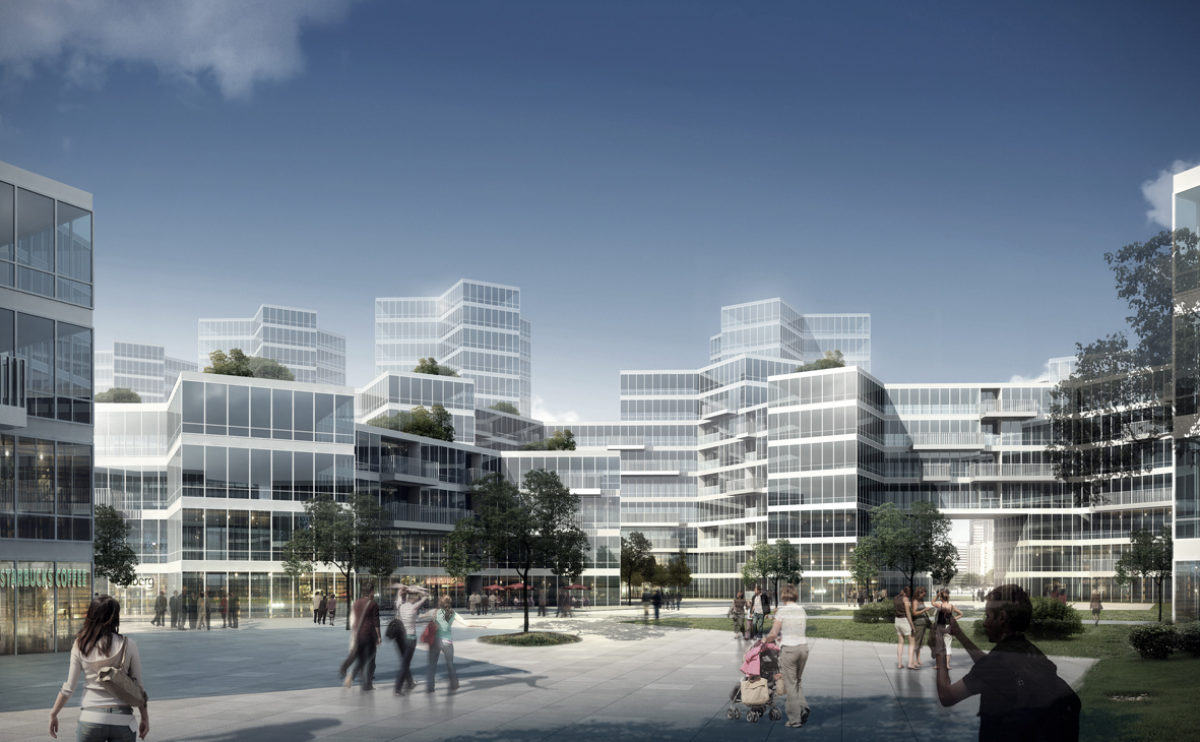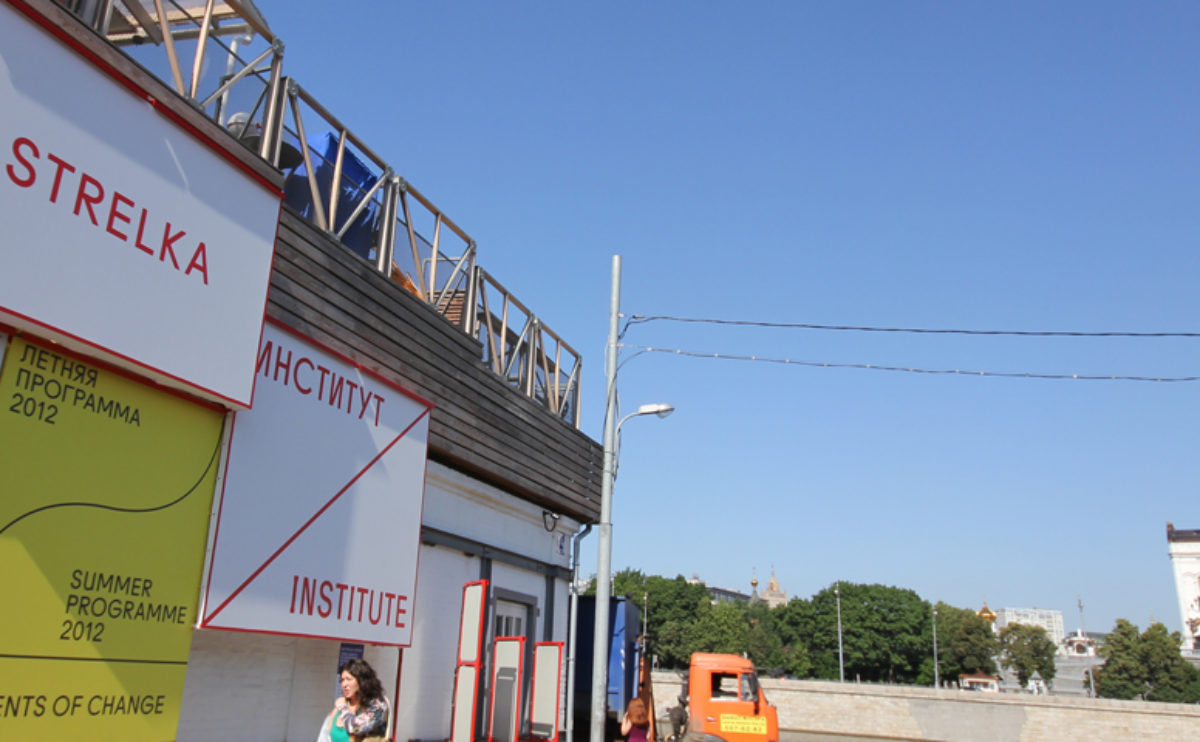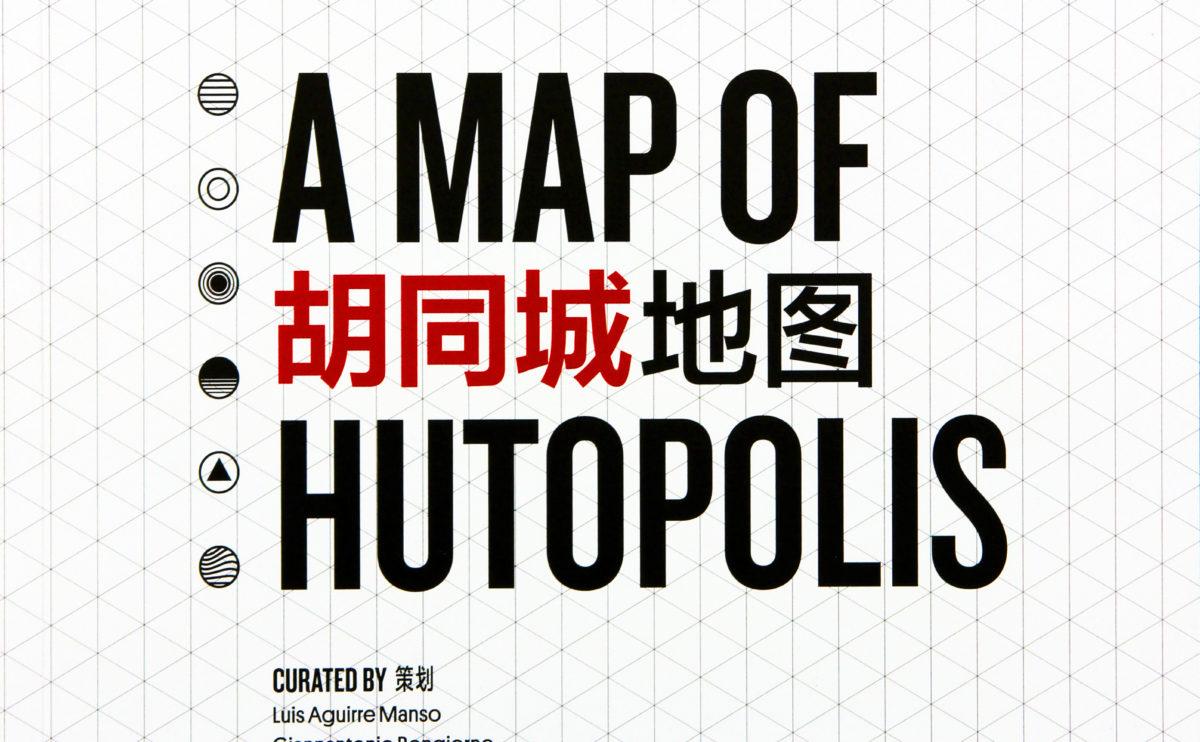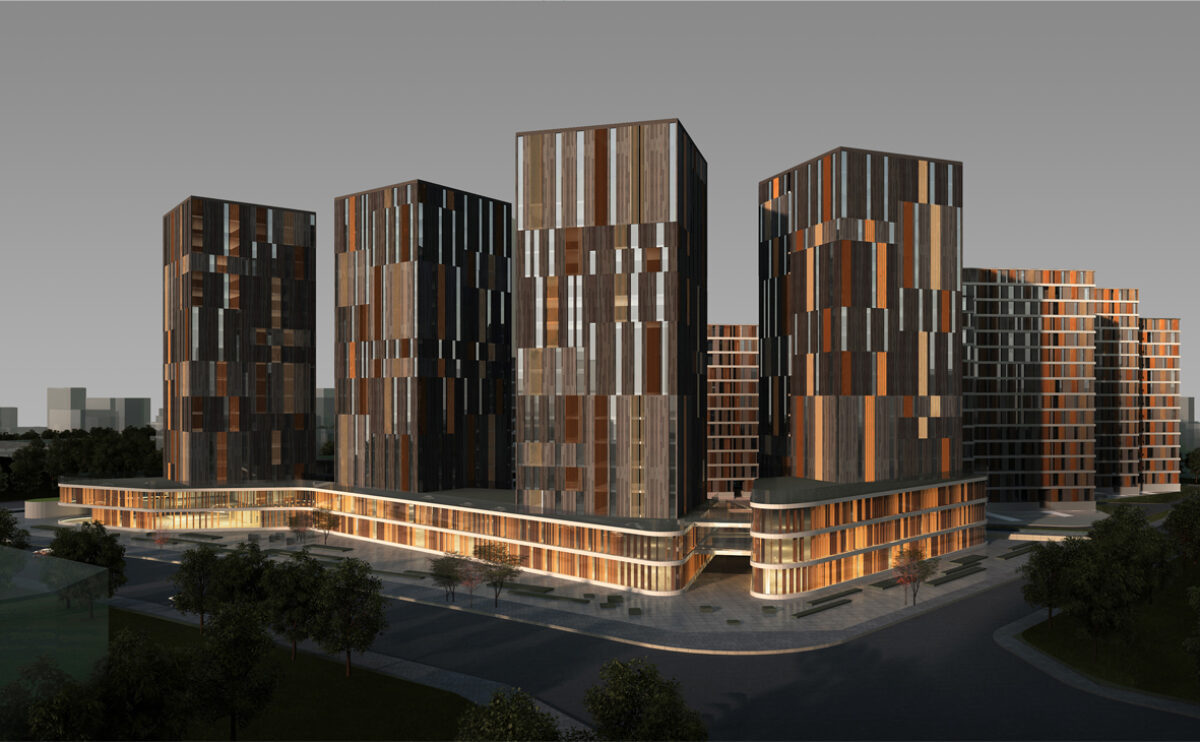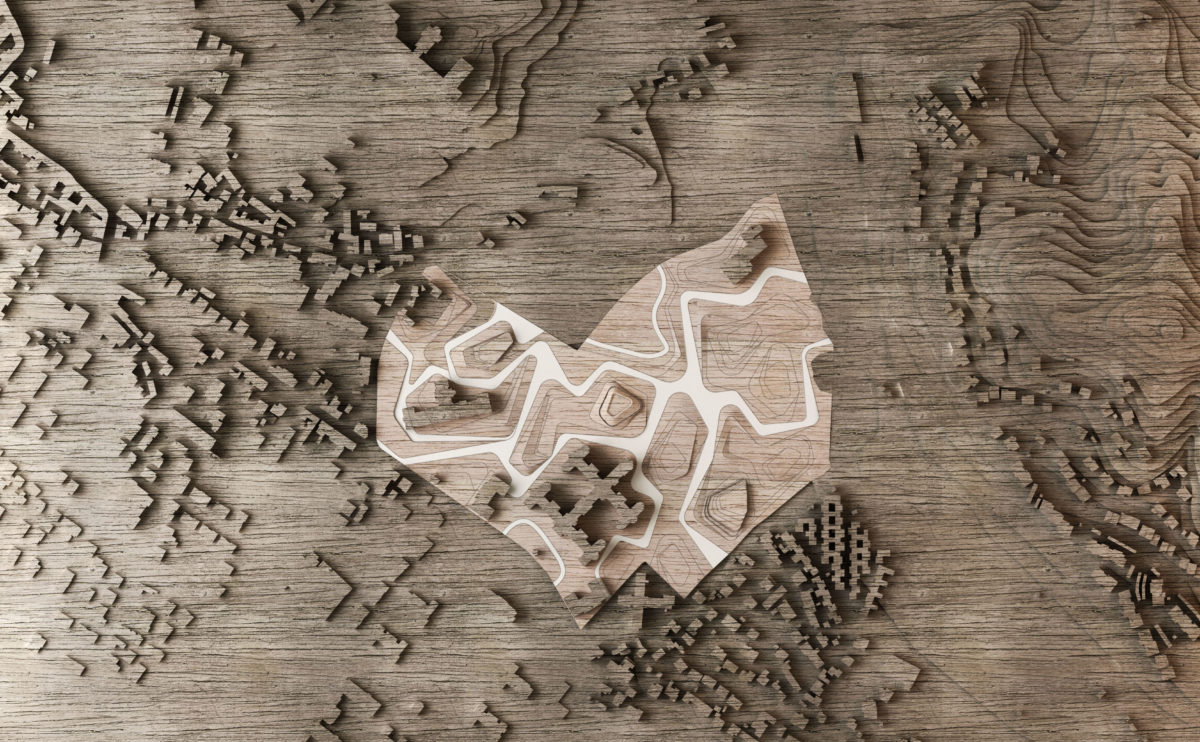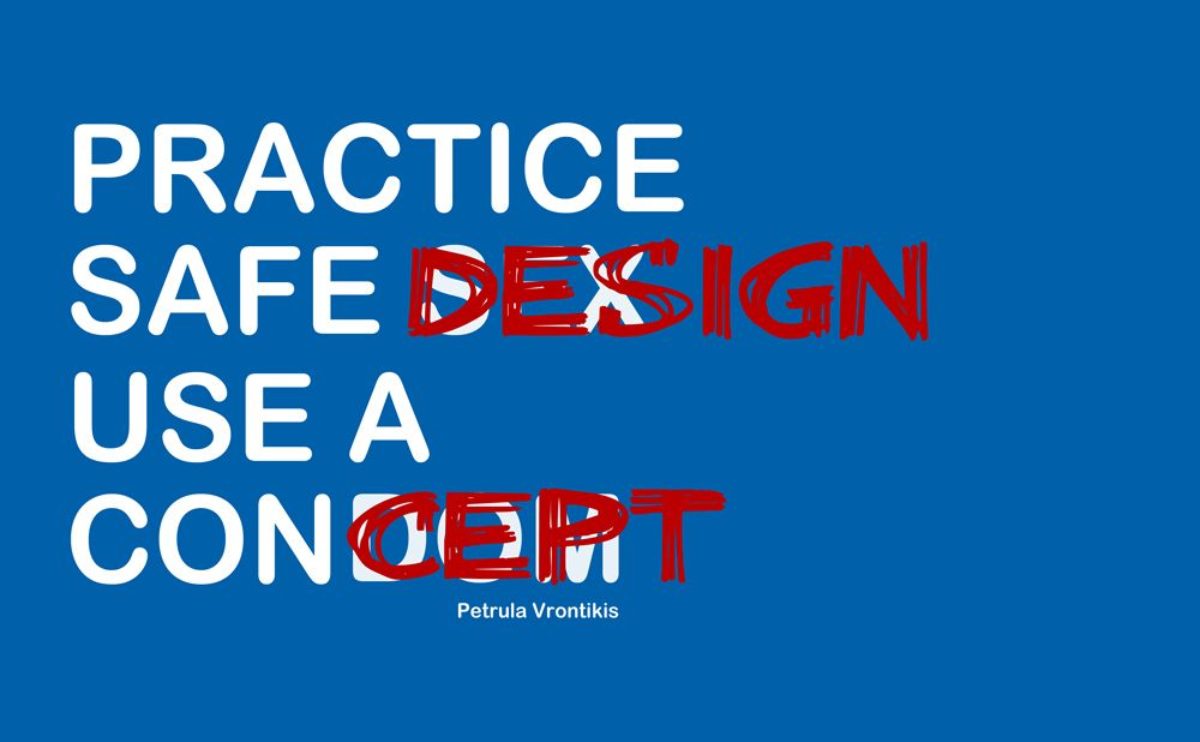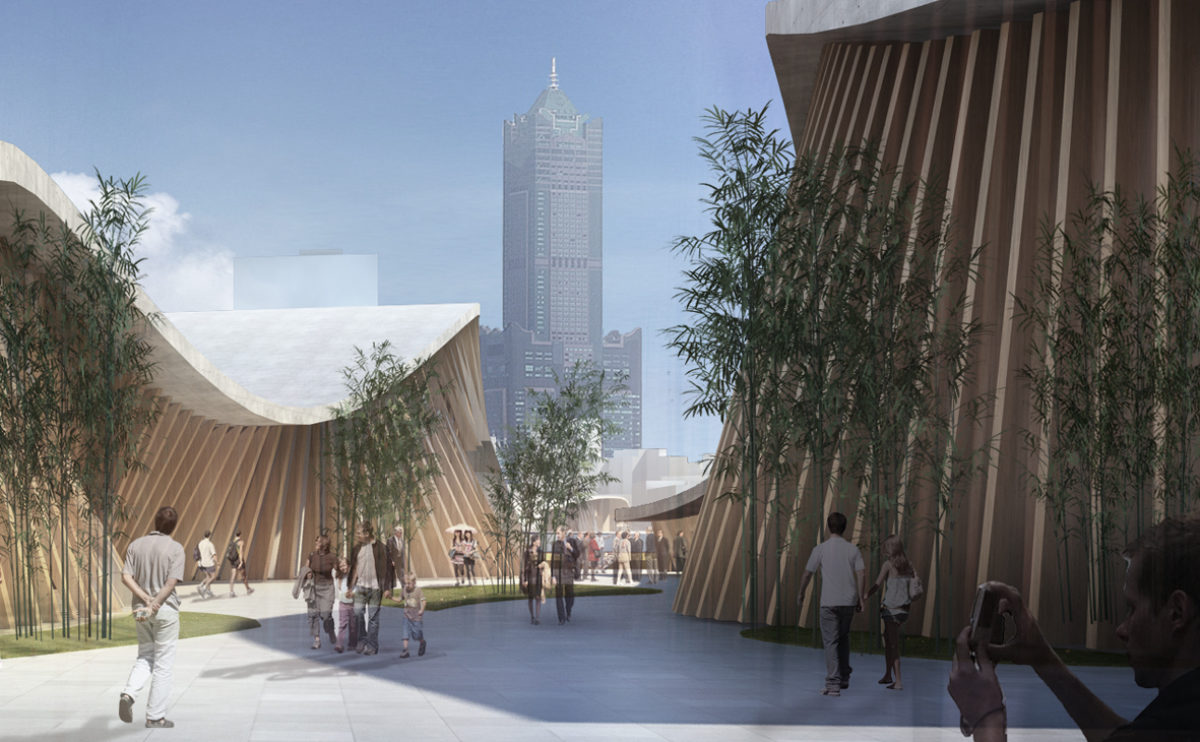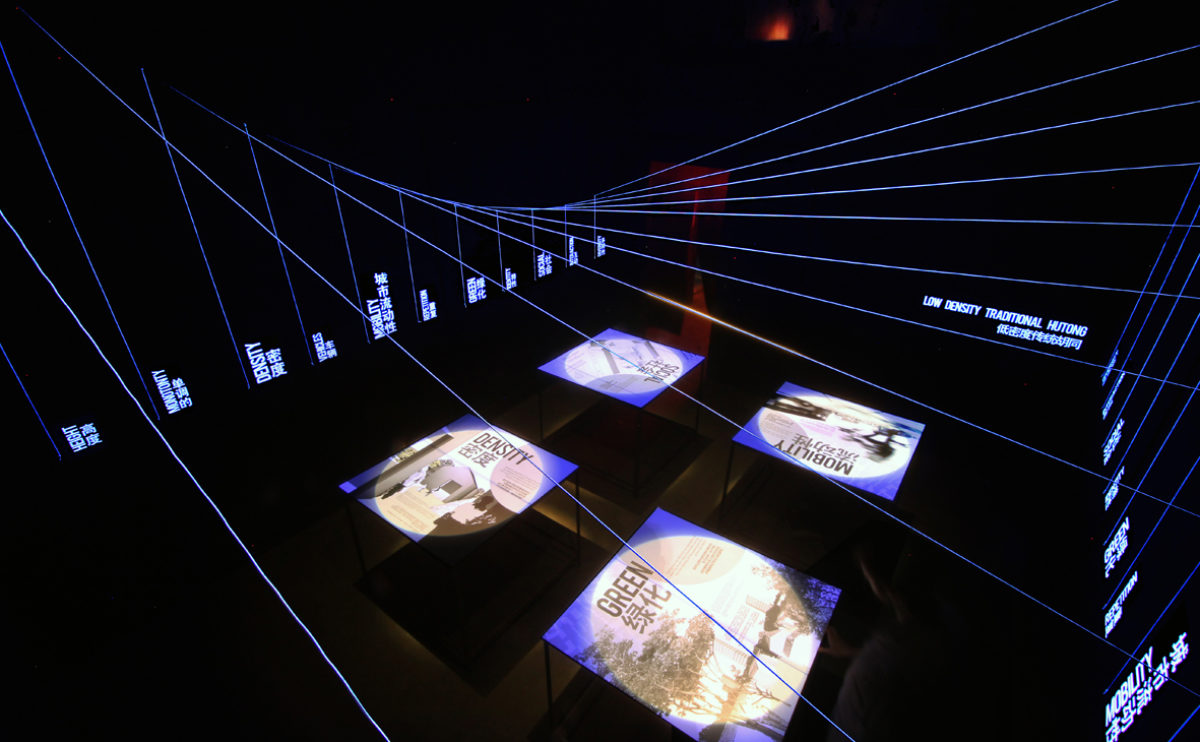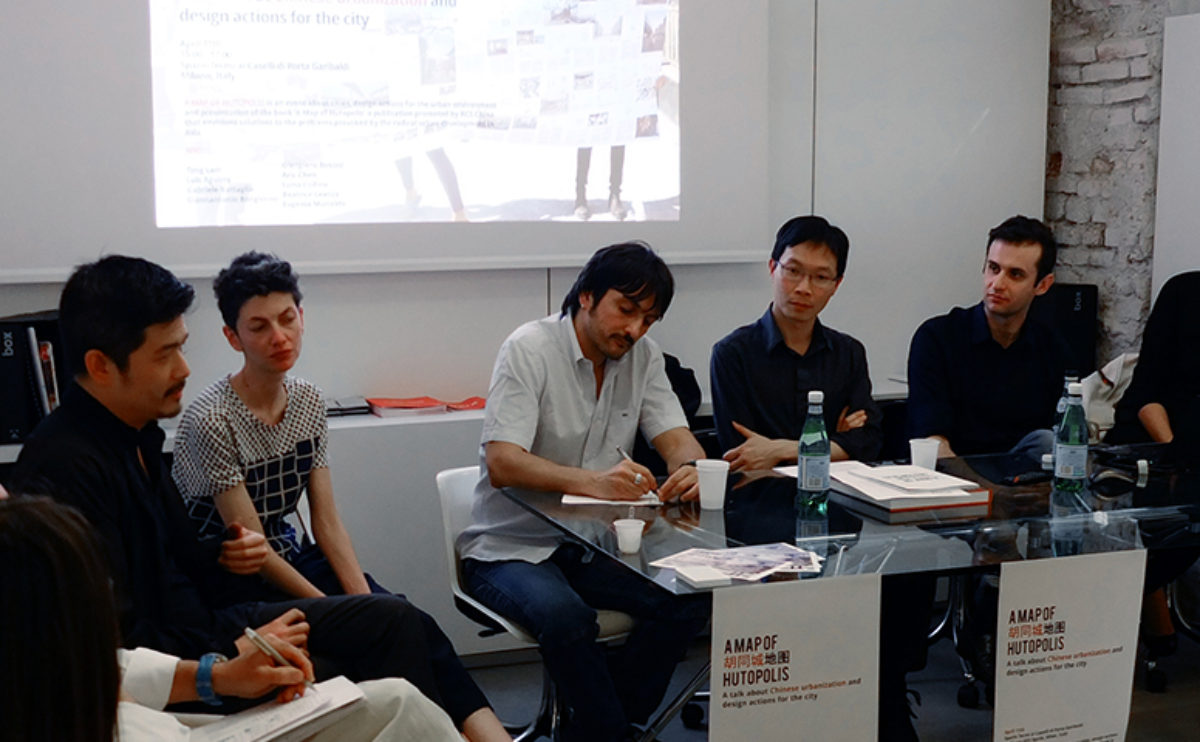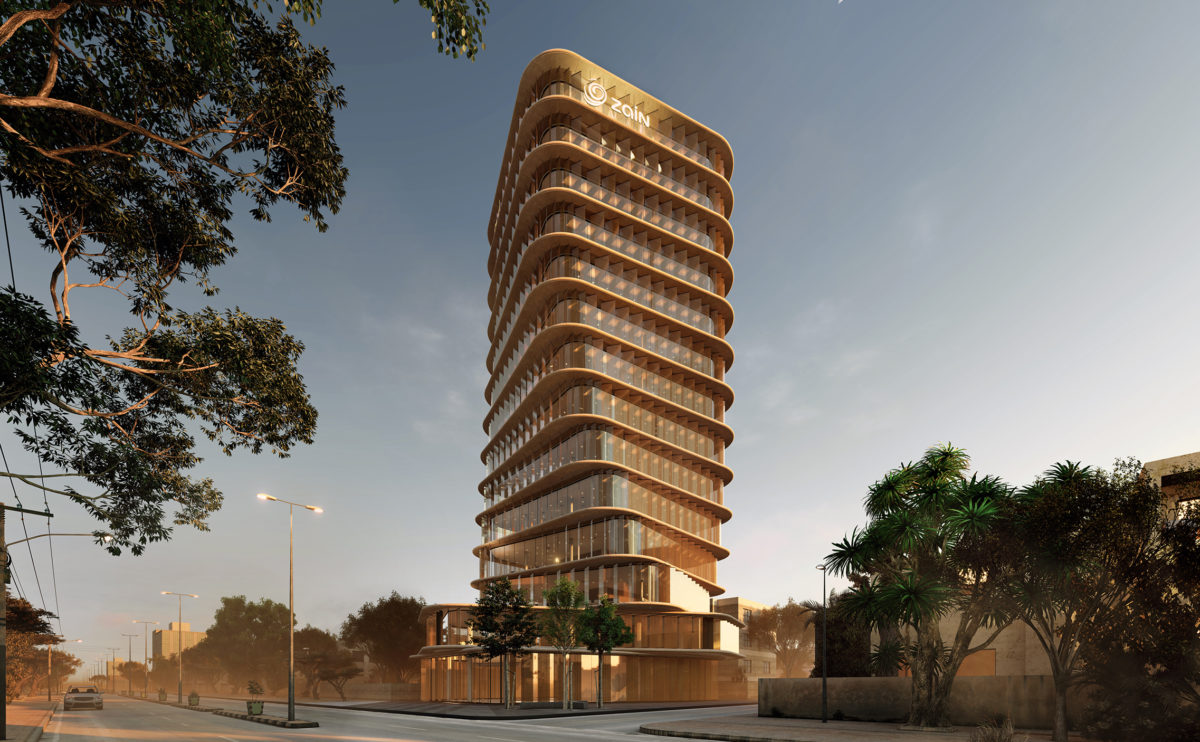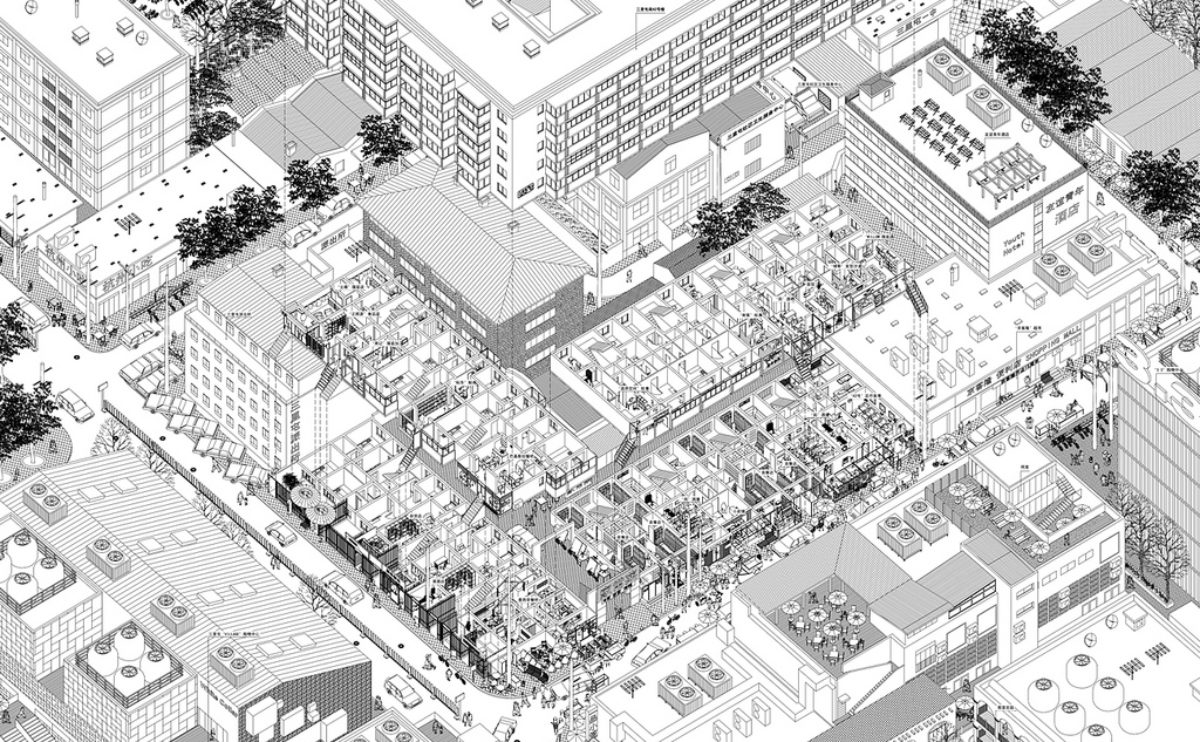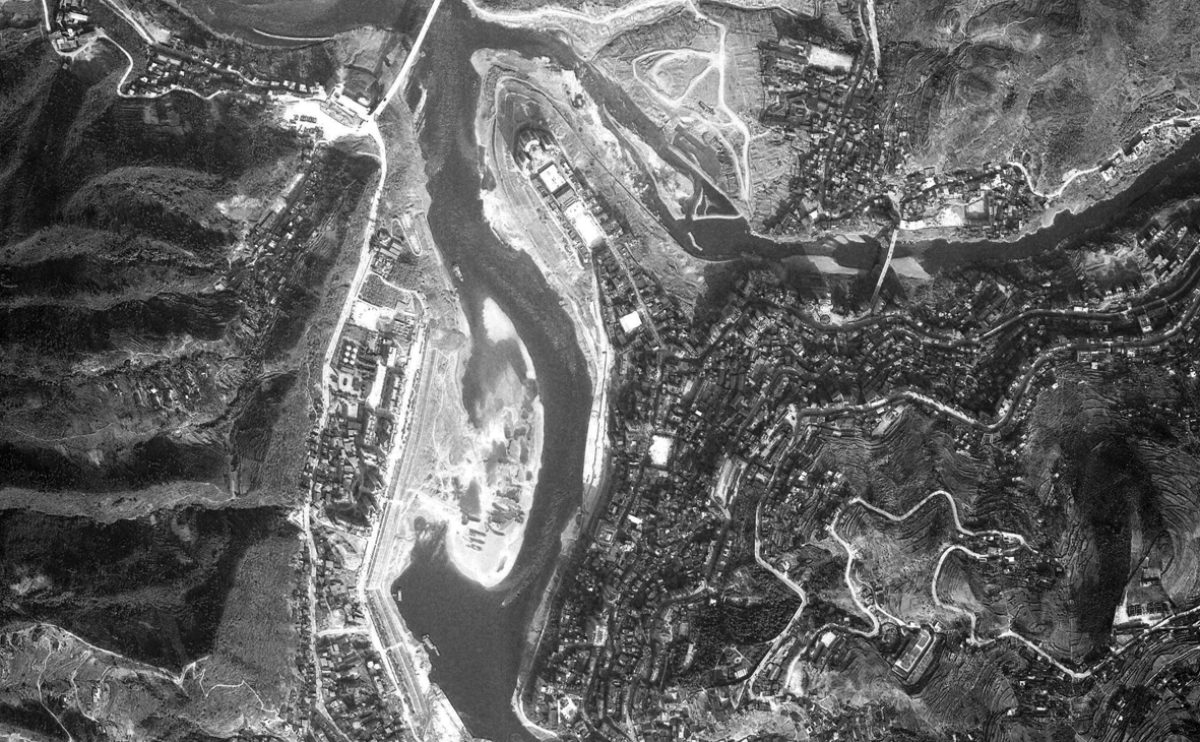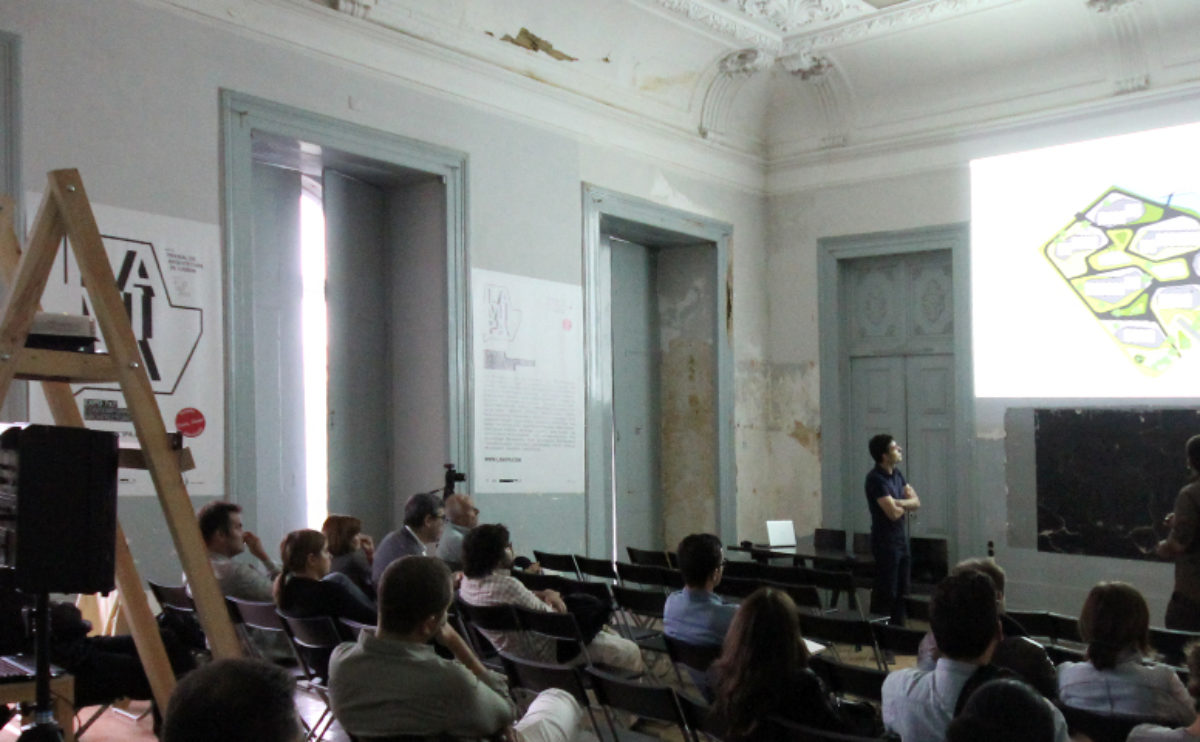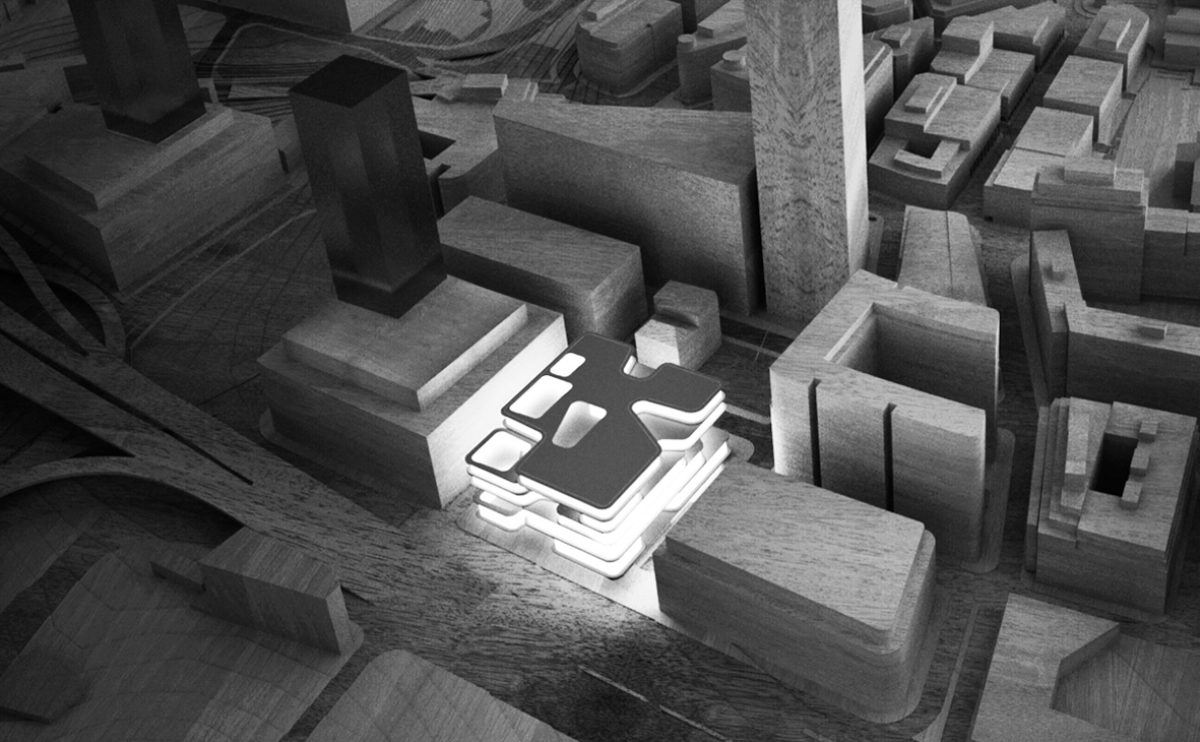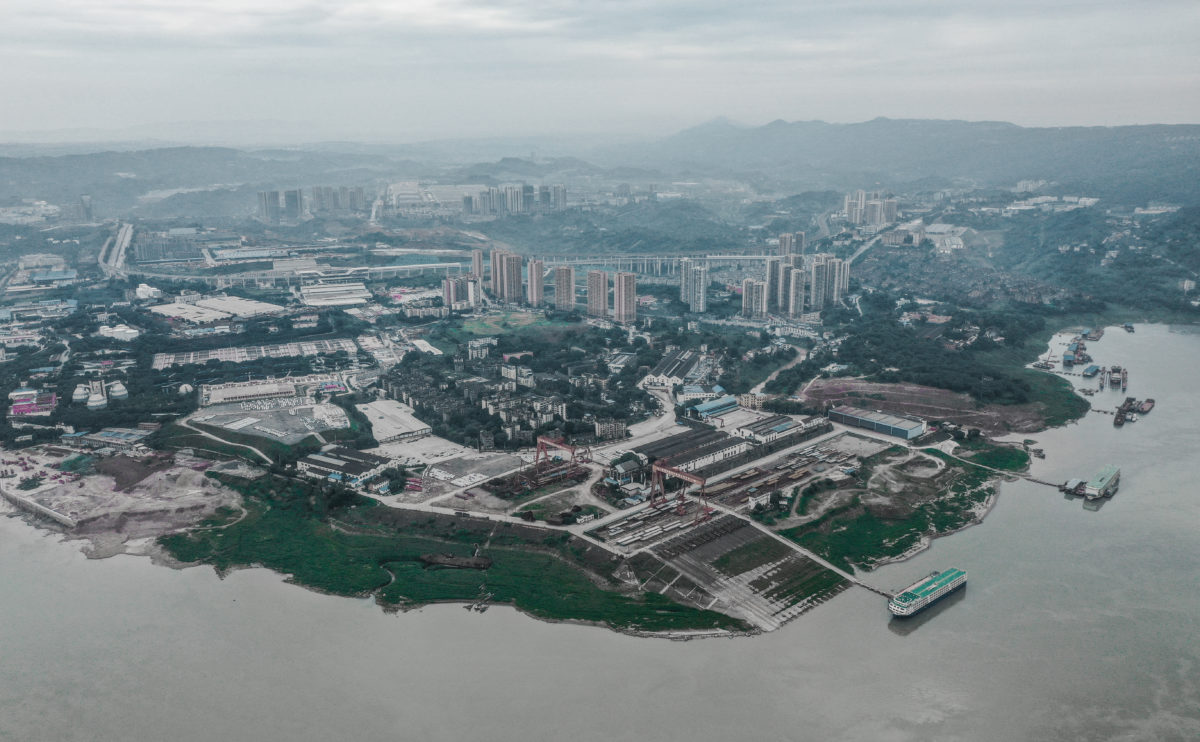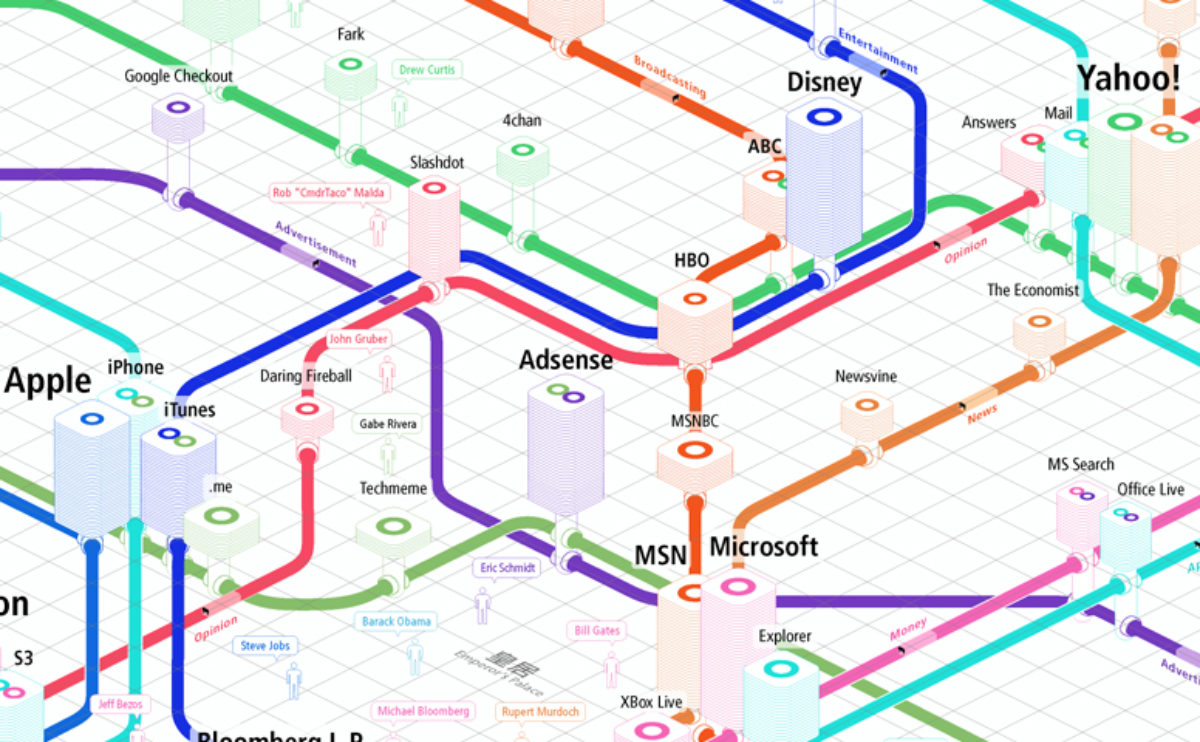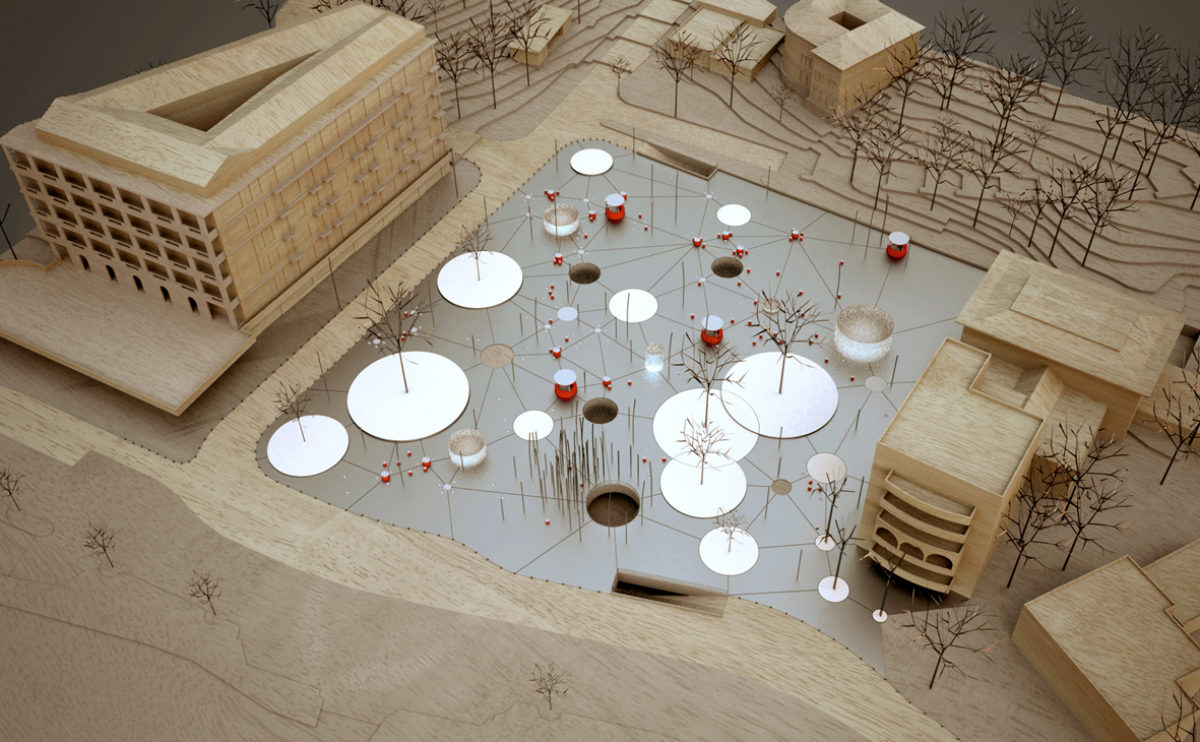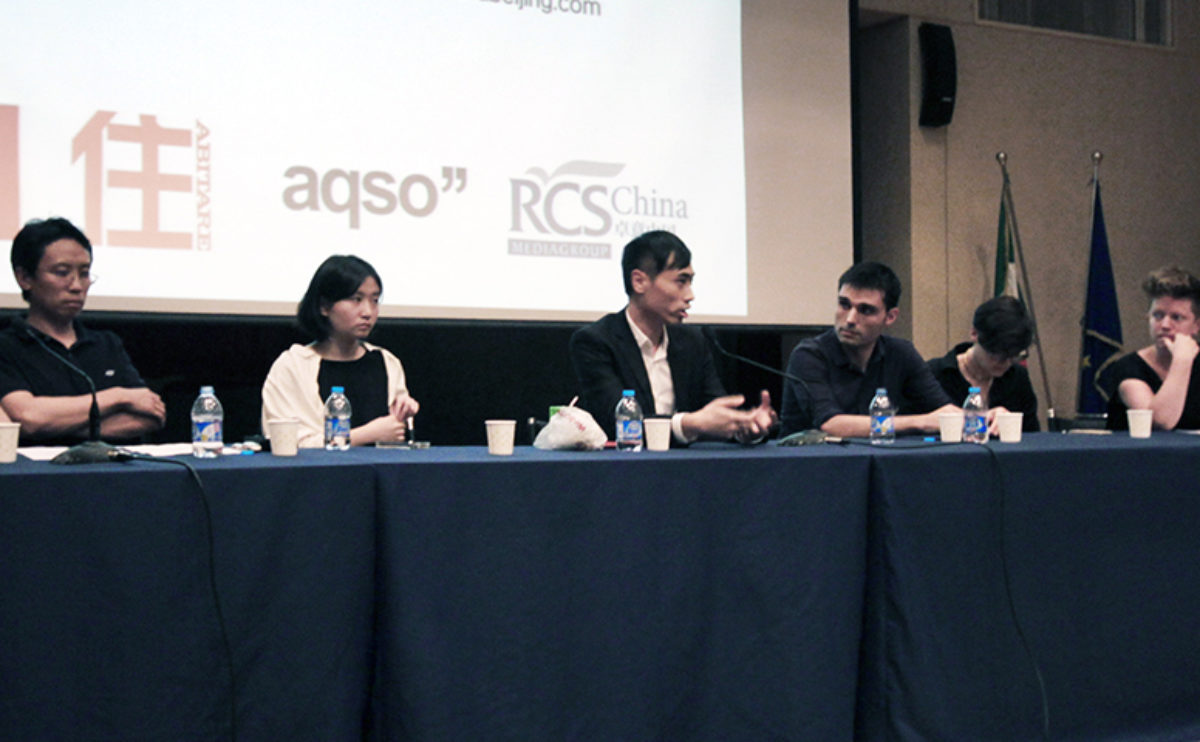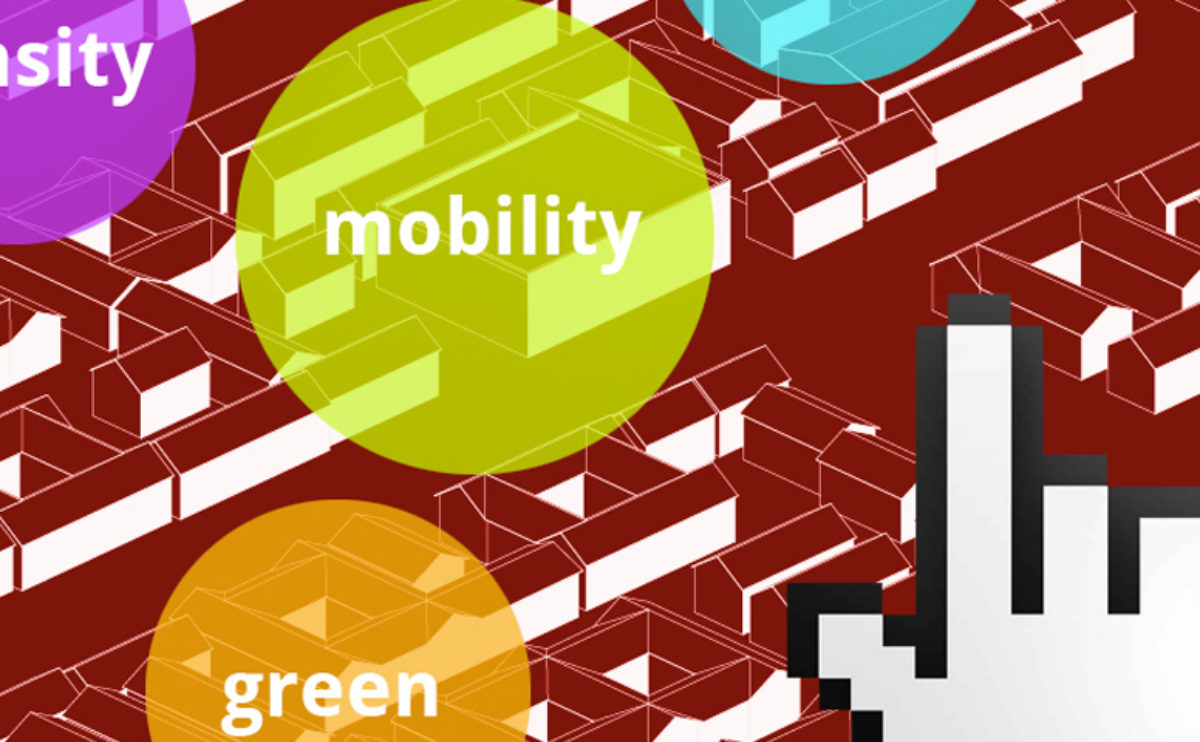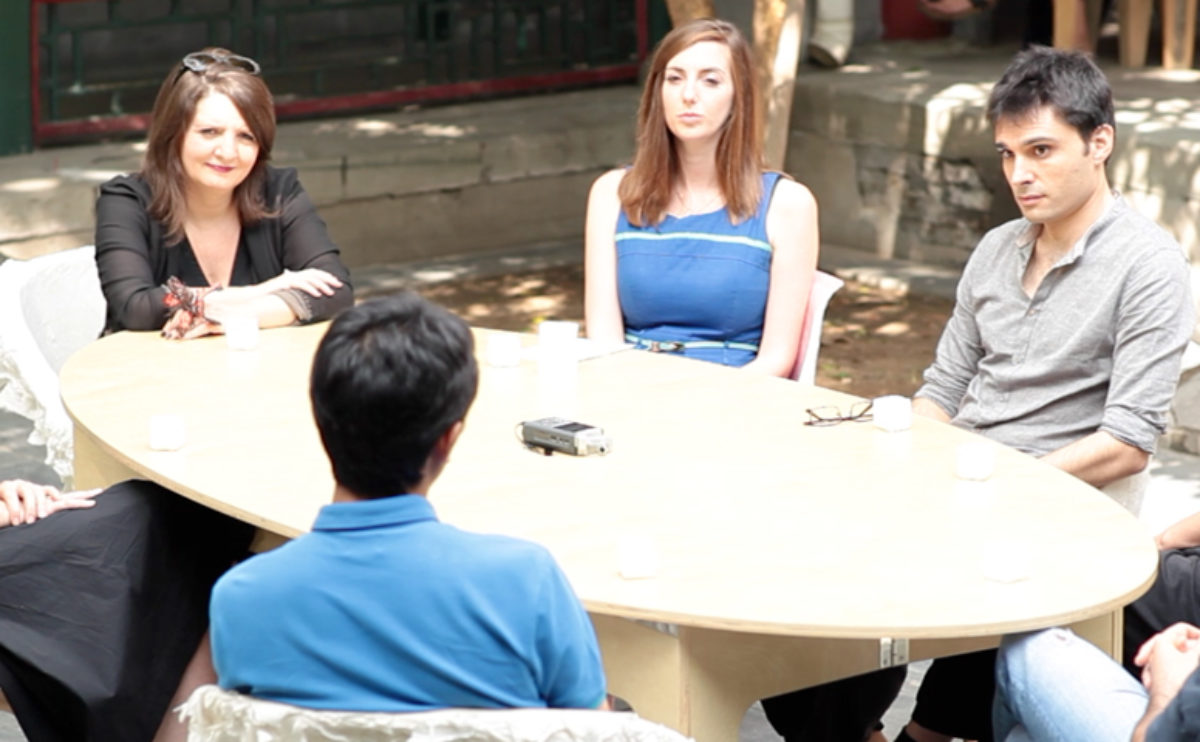city visions
City Visions is an exhibition that collects one year of research, experiments and events organized in China and Europe by the Hutopolis research program. Soft and physical urban planning strategies, visions and ideas have been developed taking Beijing as a case study.
the people’s urbanism
Last Saturday 22th took place in Hong Kong the presentation and discussion entitled ‘The People´s Urbanism’, an event organized by AP+E about bottom up approaches part of the last edition of the Hong Kong/Shenzhen Biennale of Urbanism and Architecture (UABB).
China’s construction: designing the future
China’s construction industry has been a driving force in the nation’s economy since the early 80s. The country is experiencing an unprecedented exodus of population from rural areas to cities. The urban population has increased half a billion since 1980 and 300 million people are expected to live in cities by 2030. Shanghai and Beijing […]
room #21
Room is a magazine focusing on innovation and contemporary creativity. The journal features the last trends in architecture, interior design, art, industrial design and visual communications, and it has become a remarkable platform for avant-garde designers and intellectually enthusiastic readers.
urbanization process in China
It is not easy to see the sky in Beijing. Sometimes because of the storms, sometimes because of the fog and most of the times because of the tangible pollution surrounding the city the atmosphere becomes a ghostly mass in which the buildings are merely glimpsed. At night the stars cannot be seen, only flashing […]
striking ship-like hotel proposed as new Shoreditch landmark
A new mixed-use building, which includes a hotel, cinema and retail space, could become the latest eye-catching landmark in London’s most creative neighbourhood.
key elements of the contemporary urban language
Historical partisans list homogeneity as the primary consideration in urban conservation criteria. Architecture and urban planning, in relation to the human context, is not static, it is always changing and evolving as it grows.
identities in comparison
What is the influence on urbanism when a planned economy shifts to a new model of development? How to promote an urban evolution based on soft elements? Can social interactions catalyse strategies of urban regeneration?
a map of hutopolis
A Map of Hutopolis contains the result of a research program about the urban development in China. The book envisions in a map solutions to the problems provoked by the radical development going on in the biggest country in Asia.
starchitecture and cityscape
The world’s increasing urban population signifies that the inhabitants’ penchant for rural areas has surpassed. The rural population started to decrease since the 1950s. Urban areas are now becoming dense and compacted in character as people from all walks of life move in. Mass migrations require a plethora of housing and economic opportunities for the […]
the power of a concept
Architecture can simply be defined as a form of an art. It requires the combination of both technical and aesthetic approaches. Property developers require the assistance of an architect, who can figure out the perfect balance in between these two factors. An architectural concept is an abstract or generative idea around which the project will […]
a map of hutopolis
AQSO is pleased to announce the publication of the book ‘A Map of Hutopolis‘, a monograph comprising the projects developed during the Hutopolis research program and a series of articles written by researchers and professors on the topic of Chinese urbanisation.
conservation and urban diversity
Cityscapes are the result of the architectural and urbanistic developments of previous times. With their virtues and flaws, they’re a permanent part of each city’s history. Destruction and construction lead to an ever-existent urban diversity. And each time this fact has been ignored, the city and its inhabitants have suffered the consequences.
3×3 projects in contexts
Last October AQSO presented the short documentary ‘3×3 projects in contexts’ at the Lisbon Architecture Triennial. The event was complemented with a lecture where the latest works done at the office were presented.
contemporary city limit
Possibly the first idea of a limit in the historic city was defined by its own walls, which were systematically exceeded and rebuilt to maintain a defensive system. When traditional space evolves and becomes overgrown, urbanism emerges as a discipline, the city is transformed and its limit transforms with it. The increase in population and […]
from policies to design
Modern urbanism involves several disciplines beyond architecture and sociology. Often the rules guiding urban development are established taking into account economic and political factors. In a complex scenario where the future of urban areas is more difficult to predict, how policymakers can take into account public participation?
AQSO launches urban research Hutopolis
“Hutopolis” is a research program that aims to investigate new boundaries for the urban development in China. The study intends to re-use and enhance the existing urban framework and networks as a key idea to generate a new evolution of the city. AQSO organises an exhibition curated by Giannantonio Bongiorno and Luis Aguirre, with the […]
transformations
Transformations, a dialogue about the evolving city is the title of a documentary recently presented by AQSO at the 2013 Beijing Design Week. The movie is conceived as the conclusive chapter of the Hutopolis reseach program launched in 2011 for studying the urban changes on Chinese cities.
